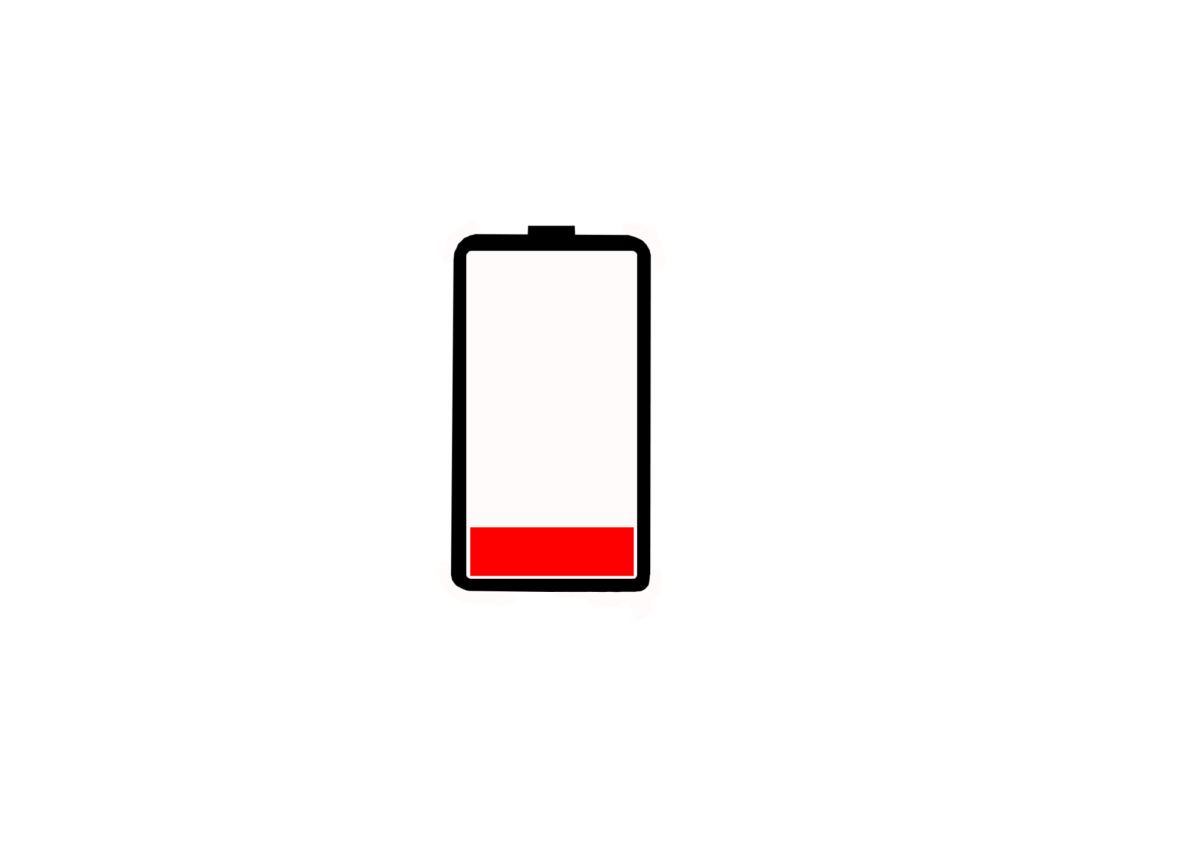I take a lot of naps.
In fact, I can confidently say that I can nap anywhere at any given moment. What’s more is that these naps aren’t limited to merely resting my head on the table during class; I have slept in bathroom stalls, on my cello and in the bleachers, and at that point, anything can work as a makeshift mattress if the situation allows it.
However, these spontaneous naps haven’t come without their fair share of consequences. Perhaps it was because the bathroom stall was a little too comfortable, but by the time I woke up, the entirety of second period had already passed. In contrast, the cello was nowhere near as comfortable, but instead made its mark by leaving a few embarrassing pictures that circulated around for a few days. Then there were the school bleachers.
Napping on the school bleachers was a whole different anomaly in itself. As I drifted in what felt like a plane of half consciousness, it was as if I was trapped in a vacuum, surrounded by shadowy, faceless figures reminiscent of those dementors from Harry Potter, I can clearly recall how my mind was racing at the time. With my voice locked within my throat, my limbs paralyzed, what lasted for probably minutes felt like hours, and to this day, that harrowing sleep paralysis episode remains etched into my memory.
I can’t exactly recall when and how my napping habit came to be. However, somewhere along the line, it became clear that this was a direct result of my abysmal sleep schedule, and I just couldn’t break out of this habit.
My inability to break out of this cycle was an enigma to me. After all, the prospect of just sleeping earlier or sleeping more in general seemed anything but difficult. For a while, I even convinced myself that my sleep deprivation was because of burnout, that my everyday struggles in school had somehow accumulated into this ever-growing sense of fatigue.
But that was a lie.
While I did have several extracurriculars, my “fatigue” was merely a farce to sweep all of my responsibility under the rug. I didn’t have to be a genius to realize that my ill-timed naps were starting to become unsustainable. But the tallest hurdle to overcome was forming a new daily routine.
I knew the arduous journey to stay on the trail of a daily routine, whether it was exercising daily, using a planner daily, or eating healthy daily would be challenging, and I knew changing my sleep schedule would be just as difficult.
A month later, I eventually decided to make an attempt at fixing my sleep schedule for the better. It went something like this: after school, I would take a power nap from 3:30 to 5:30 p.m., then work as much as possible before officially going to bed to get more sleep.
My first few attempts were disastrous. Rather than the intended 3:30 to 5:30 p.m. snooze, several days included naps from 3:30 to 11:30 p.m., leaving me restless until daybreak and drained of energy for the next eight hours of school.
That all changed on the third day, when I managed to adhere to schedule for the very first time after upgrading to a more powerful alarm clock. From then on, each time I woke up from a nap or a good night’s sleep, I no longer felt dread about having to wake up. It was refreshing, and that dopamine kick from a nice rest was exactly what I needed, a clear-cut incentive to maintain my blissful new status quo.
In retrospect, perhaps the biggest detriment to my progression was my fear of leaving my comfort zone. It’s human nature to seek familiarity, but without embracing change, how would we be able to press forward and grow as individuals?
We’re always bombarded with phrases warning us about potentially harmful habits like “don’t do drugs,” implying that we should avoid these habits entirely because of how hard it is to undo those habits. The first puff of a cigarette, the first encounter with the wonders of the internet, the first experience certainly can give rise to bad habits, but we never realize that the flip side is true as well. Just as the first step can set the stage for catastrophic behaviors, the first step is also the initiative needed for positive changes as well.
The issue of fixing my sleep was no different. The most challenging aspect was mustering the bravery to take the preliminary step beyond my comfort zone, and that was it. All that I truly needed was that initial push, and then it was smooth sailing.










